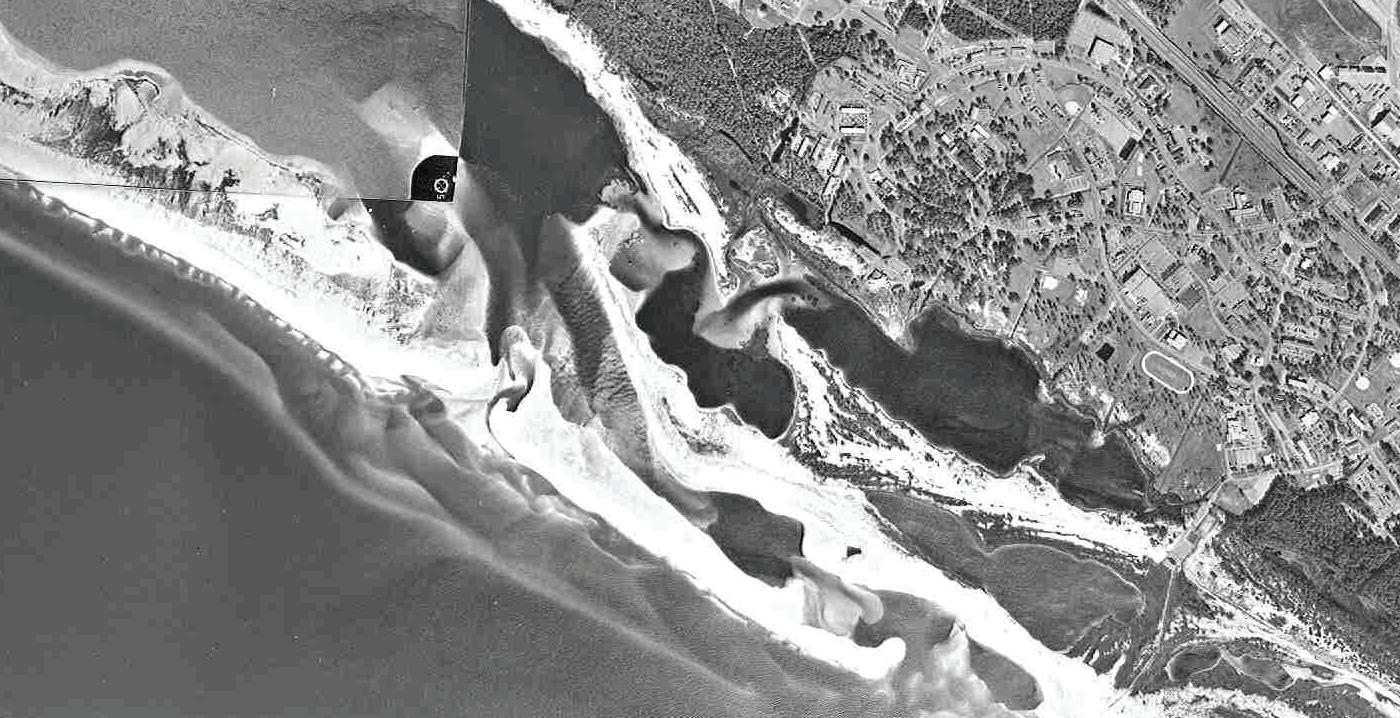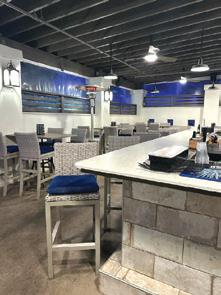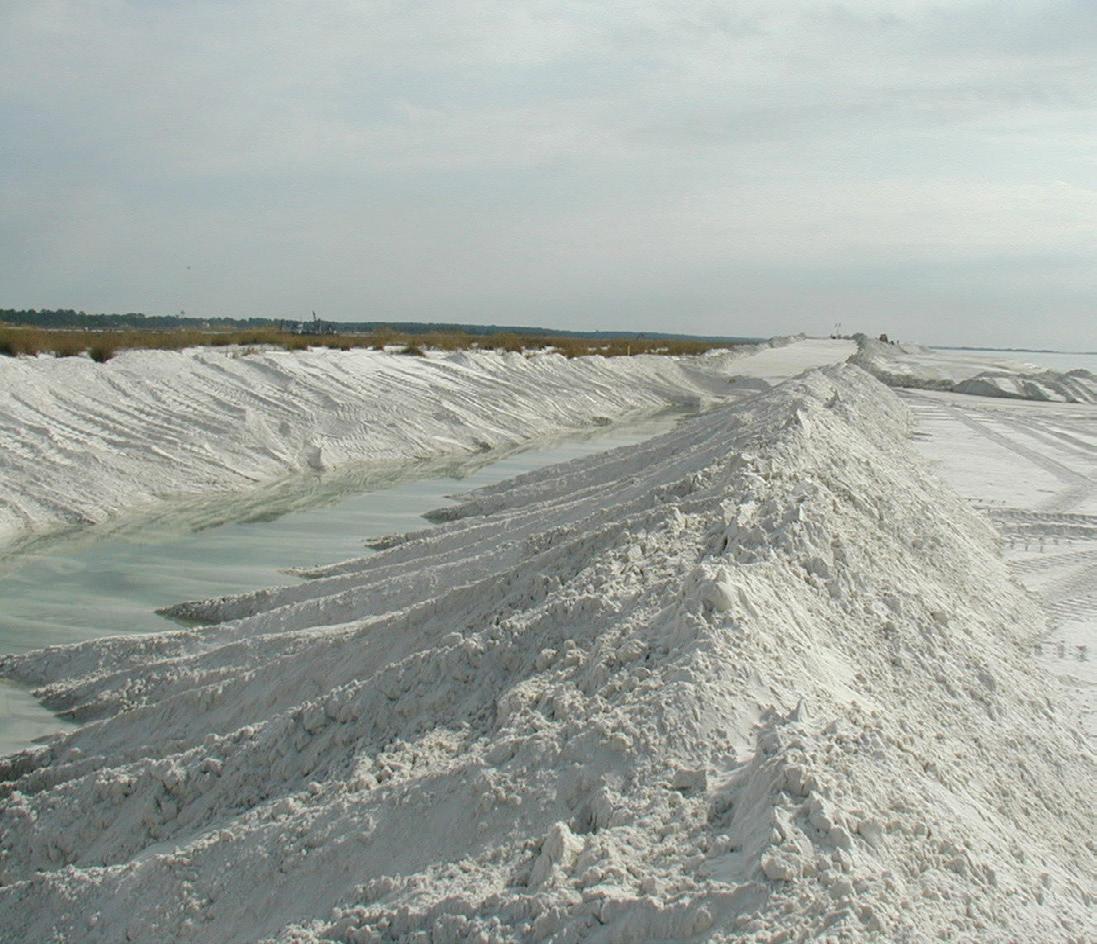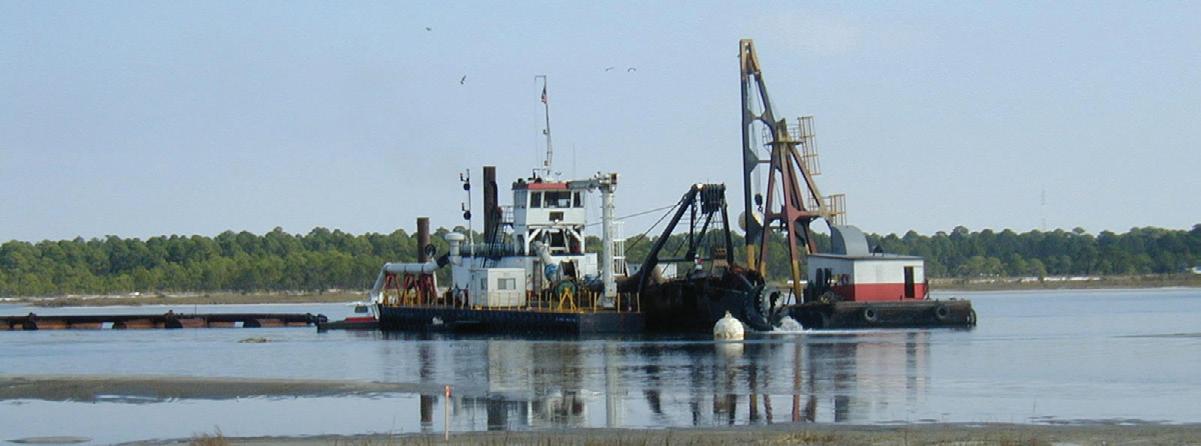
3 minute read
One Step Closer to Reopening the East Pass
by: Aimee Bright, Bay County Chamber of Commerce
The East Pass, dubbed “The Old Pass” by many in Bay County, was located between Tyndall Air Force Base and Shell Island, and is a historic waterway that has played a significant role in the development of the region. Over the last two decades, the issue to reopen the pass and the challenges associated with reopening have been discussed and investigated. The Bay County Chamber has advocated to examine the viability of reopening the East Pass in its legislative agenda for the last seven years.
The popular channel linking St. Andrew Bay and the Gulf of Mexico closed naturally in 1998, nearly 60 years after the U.S. Army Corps of Engineers cut through the peninsula in the late 1930s to create a main shipping channel, the St. Andrew Pass. The St. Andrew Pass provided a second exit for tidal water and altered how the waves and tides affected the settling of sediment. As the Corps maintained and modified the new pass, less and less water exited East Pass. Although it took nearly 6 decades, the sedimentation caused by the altered water flow completely closed East Pass.
Since the pass closed, efforts have been made to explore its reopening. In December 2001, Bay County, with the assistance of the U.S. Army Corps of Engineers and Tyndall Air Force Base, completed an experimental project to reopen the East Pass. However, the 300-foot-wide, 10-foot-deep channel was unstable and closed up within two years.
The permanent reopening of East Pass is expected to have multiple environmental benefits. A second exit for tidal water will result in an increased exchange of Gulf and Bay waters. That exchange will enhance pH levels, water clarity and salinity in St. Andrews Bay. Using the disposed sand from dredging, the proposed pass will allow for dune construction that will shade sea turtle nesting areas from urban lights and enhance storm protection for Tyndall Air Force Base, as well as help mitigate beach erosion.
Other anticipated benefits affect wildlife habitats. A second pass in the bay will improve essential fish areas. Increased seagrass growth in the proposed pass will help create an improved larvae habitat and nursery for gag grouper as well as other native fish. The increased seagrass in the area will provide protection for juvenile fish to grow to adults, resulting in benefits to commercial and recreational fishing. The project will also enhance habitats for endangered beach mice, sea turtles and the piping plover.

In 2021, the Bay County Board of Commissioners approved steps to move forward with determining the feasibility of permanently reopening East Pass and allocated $1 million in RESTORE Act funding. The federal Resources, Ecosystems Sustainability, Tourist Opportunities and Revived Economies (RESTORE) of the Gulf Coast States Act was enacted in July 2012. It provides for the allocation and use of funds resulting from Clean Water Act civil and administrative penalties from the Deepwater Horizon blowout and subsequent oil spill. A portion of these funds comes directly to Bay County.

The feasibility and design study was completed in 2022 and was reviewed at the Bay County Board of Commissioners meeting earlier this year. Its purpose was to determine the viability of designing a second channel connecting the Gulf of Mexico. The study evaluated nine alternatives at three locations to determine a site that is hydraulically stable, would remain open without dredging over a period of time, not require jetties, benefit the public and qualify for state and federal permits. The recommended site is approximately 1.4 miles west of the 2001 Experimental Reopened East Pass and would be 2,130 feet long, 655 feet wide and excavated to a depth of 10 feet. Based on their numeric modeling, MRD Associates, the company contracted to complete the study, stated the recommended site would remain hydraulically stable for up to 6 years.

After reviewing the feasibility study results, the Bay County Commissioners voted to approve moving to the next phase of the project; begin the permit process with federal and state agencies and conduct an environmental impact study. The process of permitting and conducting the impact study will likely take several years to complete. Bay County Chamber Governmental Affairs Committee Chair, Mike Smith, spoke at the meeting prior to the commissioners’ vote. “The Chamber has long supported efforts to examine reopening the East Pass, as it plays an important role in creating a healthier bay," he said. “The Chamber supports moving forward with permitting and environmental study.”

